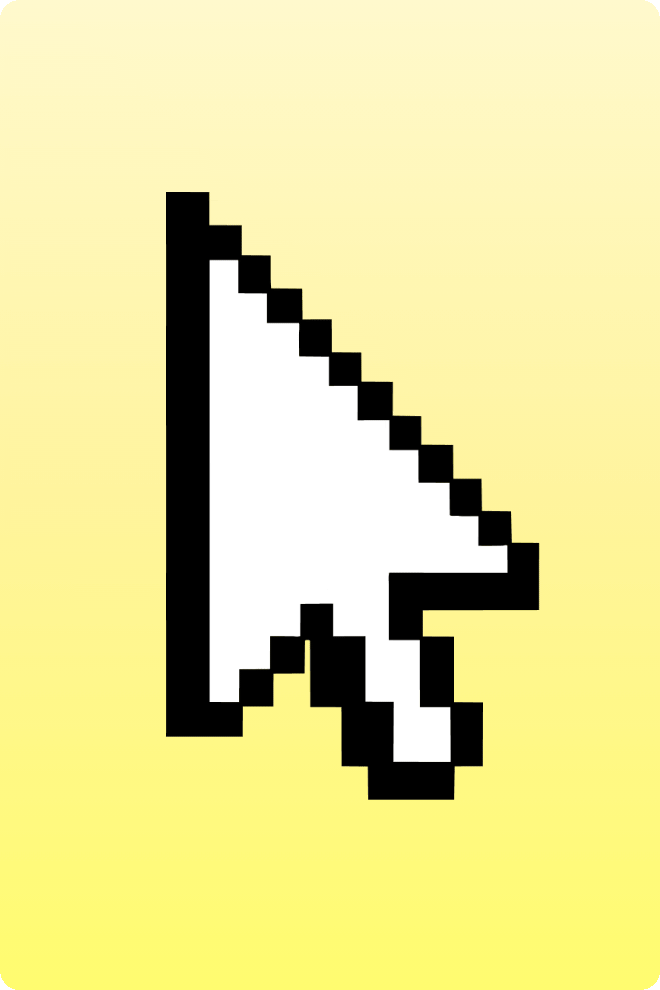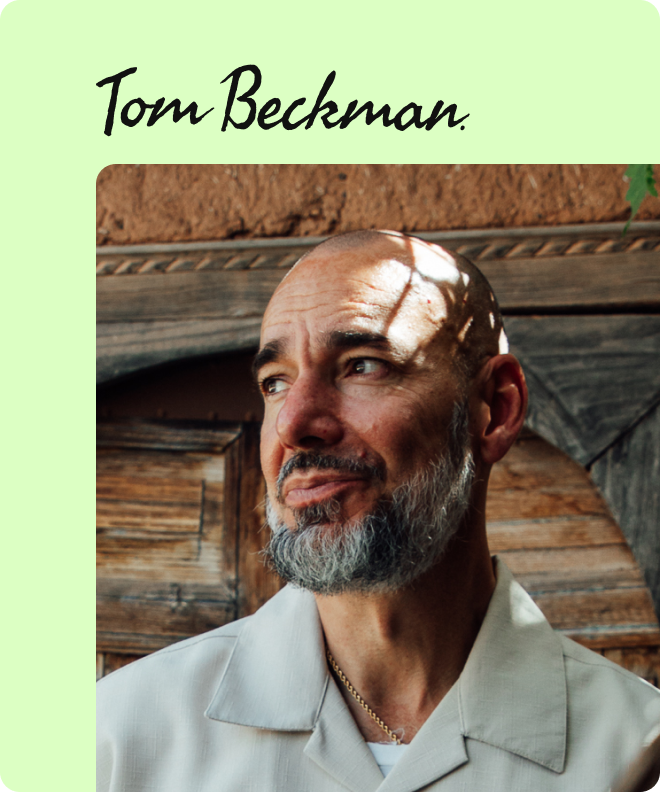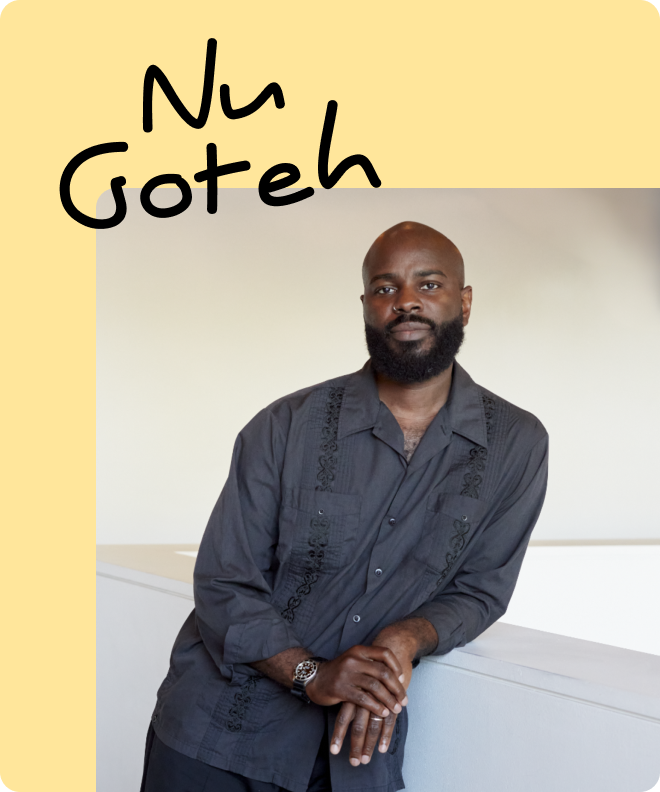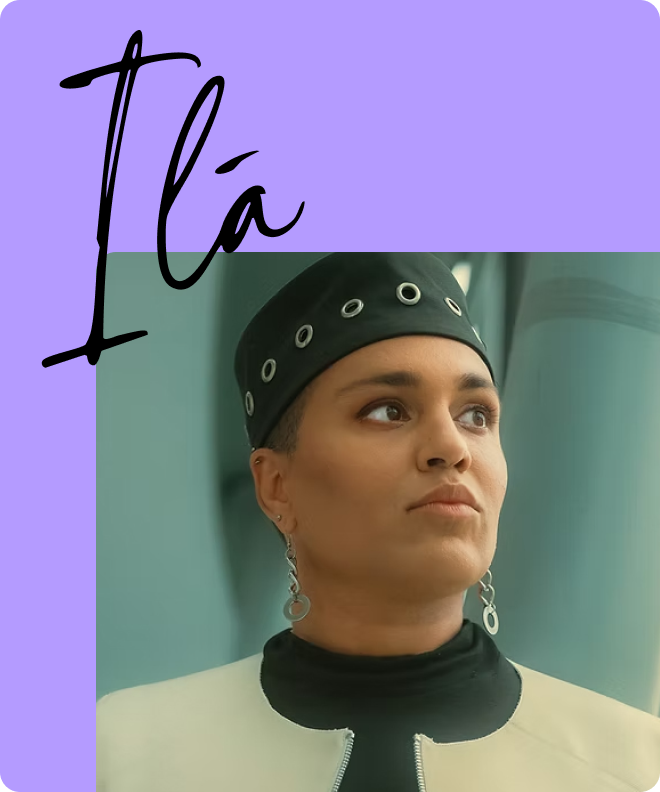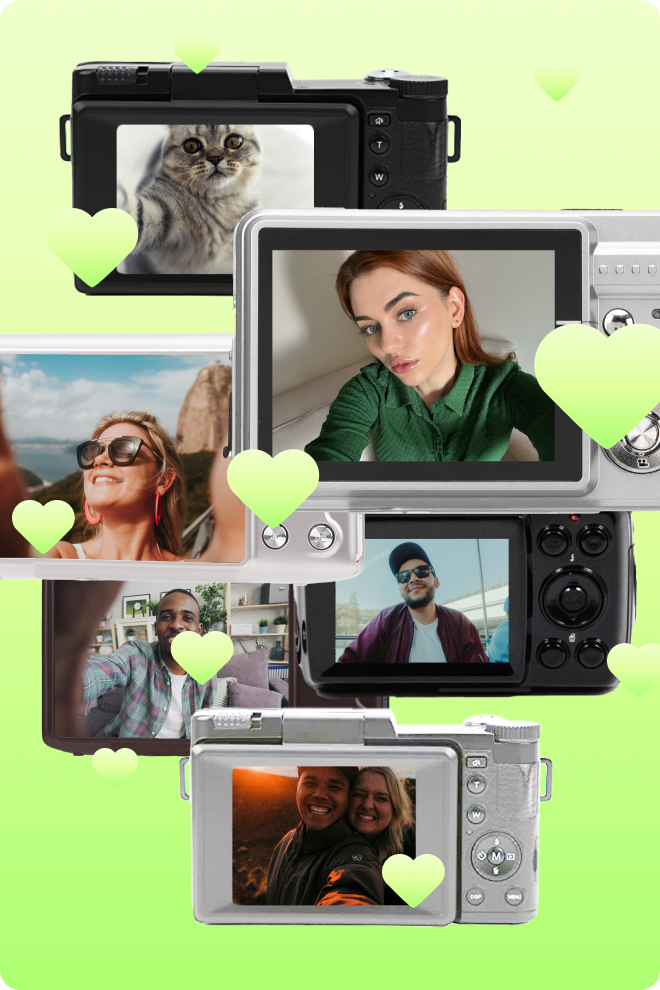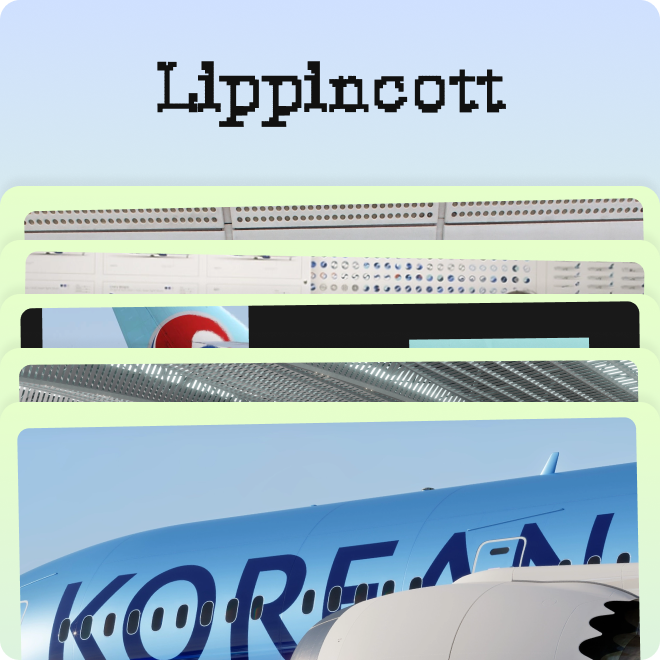Why curiosity and imagination matter more than ever

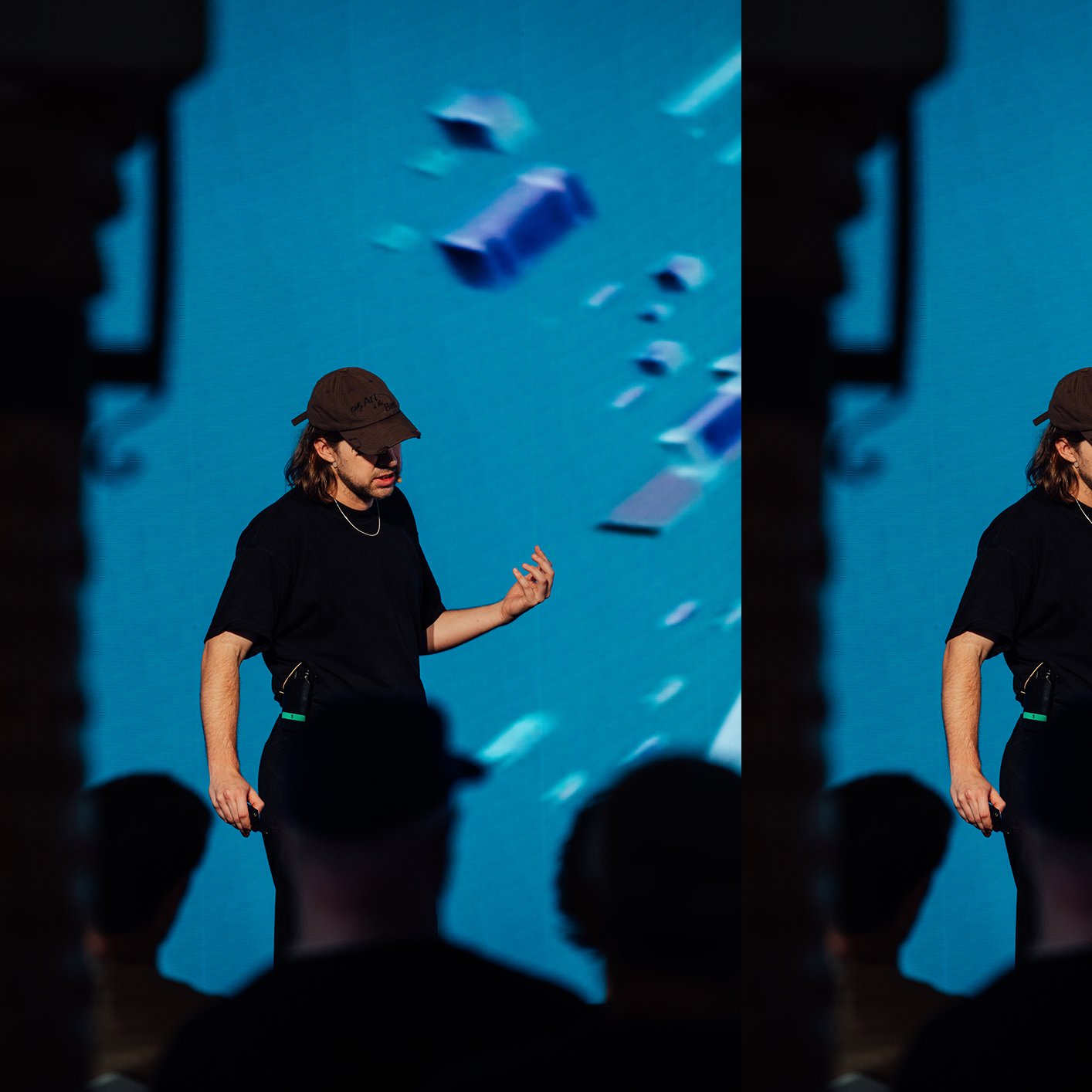
- Tools serve ideas, not the other way around — creativity starts with curiosity and concept, with technology simply enabling expression.
- Mixing and “misusing” tools can help unlock new aesthetics – you can experiment with digital tools the way you might experiment with materials by hand.
- The Nike ISPA project shows how experimenting with imperfect, unexpected combinations can produce a new visual language.
- AI isn’t the right tool for every idea, but AI is changing the way we think about creativity, and the creative system as a whole.
- AI still relies on humans for meaning, taste, and context — and the idea always comes first.
The following article is adapted from Jonas’ presentation at Paradigms 2025.
We’ve always had tools to communicate ideas — from language, to art, to music.
At Builders Club we use tools as a means to solve challenges and deliver the best solution to a creative idea. Tools like CGI, AI, and code.
Once we realized we can use these tools to tell stories slightly differently, to subvert expectation, it opened up a whole new world for us, and we started experimenting more and more.
Take CGI, for example. CGI is amazing. It’s great for really abstract and expressive visualizations, things that live action was never able to pull off.
CGI is also able to do really precise things — incredibly beautiful, pristine movements. But it can also feel a little bit cold at times, so most of the time we mix tools.
But tools are only as good as the idea. And when you use technology only for efficiency, you run into the problem that you start producing more of the same, just a little bit faster.
That's not really good for creativity, and it’s not really good for brands, either.
Instead, we find that exploring the tool itself can lead to brand new aesthetics.
For example, Nike came to us with his shoe from their ISPA division (Improvise, Scavenge, Protect, Adapt), which is all about exploring new ways of putting shoes together.
They take the shoes from other labs and take them apart, then they put them together into something that feels a bit weird, a bit different. They wanted help explaining what the division is.
The only brief was “it’s things that shouldn't really go together, but they kind of work.”
What ISPA needed was a new language, a new aesthetic.
We like to experiment, and like ISPA, we often also experiment by hand, putting things together to see if that might be a direction.
And we started thinking, what if we explore things that really shouldn’t go together?
As we can experiment with our hands, we can do the same in the digital space.
We use CGI to create this really crude aesthetic — we call them hardware renders — to test our ideas. Usually we never show this to a client as it looks unfinished.
But as we started to look for ways to explain this division, this shoe; the softness, the harshness, the weirdness — we realized that we actually love this aesthetic.
Once we started polishing it out, we lost all of its liquidity, we lost its charm.
So we went back to Nike and said, what if we tell the story of ISPA through this style, because ISPA as a division is based on building and sketching, not being perfect.
What if we do exactly this, and use CGI the way normally no one uses it?
We started combining all of it together, from live action to crude CGI to nicer CGI, and it became this whole aesthetic for Nike ISPA, based on us experimenting and essentially misusing a tool.
No matter the tool, what's really important to our work is curiosity.
Curiosity is at the centre of everything, because again, it's the idea that counts, not the tools. The idea always comes first.
That applies to AI, too.
AI is not just changing the way we think about creativity, but how we think about the creative system as a whole.
We know that AI isn’t the right tool for every idea.
3D motion or CGI is still the best tool when it comes to product, for example. CGI allows us more control and we can showcase the textures and the details.
And if we want to have real humans, we still go out and shoot them.
For other things though, AI these days is very powerful, and works incredibly well. It’s almost indistinguishable from reality.
When applied to the right idea, AI enables us to think completely freely. There are no restrictions on our creativity, no restrictions on telling the story the way we want it.
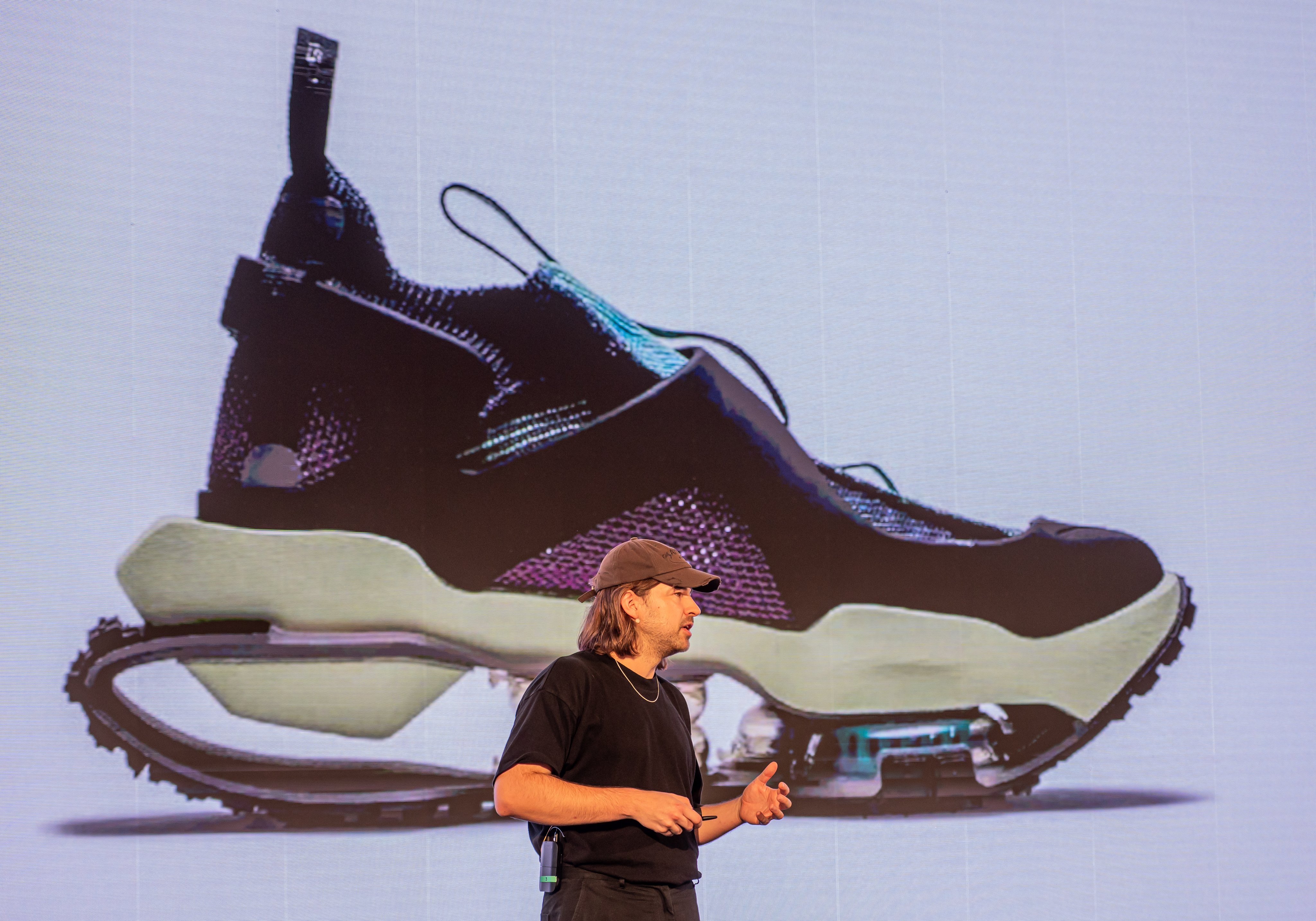
I don't think AI replacing us is the future. But it’s certainly part of the equation.
AI still needs humans to create context and meaning, and that's how brands and AI can work together.
It will become the engine that drives things, but it's humans who will give it purpose, taste, and context — who will give it soul — which, in the end, is what will make it matter.
AI is a powerful tool, one that actively shapes our thinking, our aesthetics, and the range of ideas we can imagine.
But the idea will always come first.
